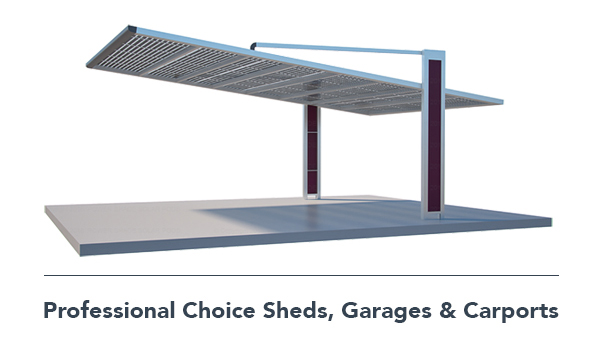Solar carports will protect your car and generate your electricity
The RACQ are aware of the damage our weather than cause to our vehicles. Solar carports will protect your car and generate your electricity so its a 2 in 1 sensible upgrade for your home or small business.
We read from them
“Every year violent storms, flooding and large hail damage thousands of Australian vehicles. Many are ‘written off’ because they are considered uneconomical to repair.
Find out how you can protect your car from storms.
Keeping your car under cover during these events will offer the greatest protection against damage, however this isn’t always possible or practical.
Here are some tips to protect your car from storm related damage.
- Plan ahead. If a storm is forecast, try to make arrangements to park your vehicle under cover, delay the trip or use alternative modes of transport.
- If caught in a storm, look for safe shelter. This could include a covered car park, a service station awning, under a bridge etc. Don’t place yourself or others at risk by where you choose to shelter. Be considerate of property owner’s rights if sheltering on private property.
Safety should always be your priority
- Don’t park or shelter under trees. They can be blown over or drop branches.
- Don’t speed up to beat a storm. This can lead to a crash – instead look for a safe place to shelter until the storm passes.
- If caught in a severe storm where visibility is reduced, try to pull well off the road to avoid being hit by other traffic.
- Turn on lights to increase visibility while driving and use the hazard lights if you are forced to stop at the side of the road. Wherever possible choose a safe place to stop.
- If it’s flooded – forget it. Even relatively shallow flowing water can sweep vehicles away.
- Consider where you park. If the area has a history of flooding in extreme weather events, find somewhere else to stop.
- If your home or yard is prone to flooding organise a safe alternative parking spot for your car.
Are you storm prepared?
While we live in the Sunshine State, us Queenslanders know it’s not always blue skies. From cyclones, floods and summer storms, we’ve experienced our fair share of natural disasters. Alarmingly, RACQ statistics show half of all Queensland homeowners have done nothing to prepare for the upcoming storm season. So, are you and your family prepared for when disaster strikes next? Take a look at the first RACQ TV episode about being storm prepared. It has a checklist of simple things to do around your home to make sure you’re ready for that next storm.
Insurance Cover
Ensure your car is properly insured.
- Repair bills for hail damage can typically exceed $5,000.
- Even minor damage can take a week or more to repair. More extensive damage that necessitates panel replacement can extend the repair time to several weeks.
- Up to 25% of storm damaged vehicles are written off because the cost of repairs nears or exceeds the value of the vehicle.
Hail covers
Padded car covers intended to prevent or reduce the damage caused by hail stones are available at the best price here
- The level of protection offered by hail covers will ultimately depend on the type of cover and the size of the hail.
- Hail covers are unlikely to prevent damage from very large hail however they may reduce the level of damage.
- As a guide, hail covers can cost from $200 to more than $500. The price will depend on the quality and features of the cover and whether it is custom made for your particular car.
When buying a cover, consider the following;
- Overall quality of the product i.e. fit, stitching, extent and thickness of padding, quality and durability of materials.
- Covers that don’t have padded sides are unlikely to protect side panels.
- Check that it has adequate tie-down points to prevent flapping or loss of the cover in high winds.
- Check the quality of stitching and the durability of the cover as it needs to withstand frequent fitting and gusty winds.
- Consider the size and weight of the cover. Remember that it needs to be stored when not in use. Storing bulky covers in cars with smaller boot/hatch areas can be a problem.
- Check that the cover manufacturer warrants the product for UV resistance and manufacturing defects.
- Choose a cover that best fits the vehicle – too big and it may flap around, too small and it will not fully cover the lower sections of panels. Try this our for more information
Hail covers – tips and advice
- Practice fitting the cover before a storm. It can take a few attempts to get it on the car without too much effort.
- Avoid dragging the cover over the ground as it may pick up grit that can scratch the car’s paintwork.
- Avoid dragging the cover on the body paintwork when fitting / removing to prevent dirt / dust on the car causing scratches.
- Heavy or bulky covers may need more than one person to fit / remove and roll up for storage.
- Remove covers regularly to allow any moisture to evaporate. Moisture trapped under a cover could induce rust.”
Keep your car under cover – that’s great advice and why not under a new solar carport? Solar carports will protect your car and generate your electricity.
